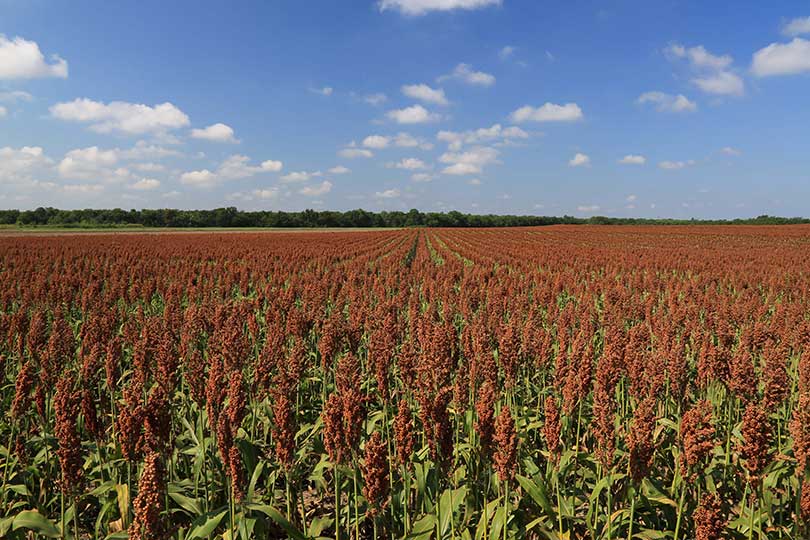By Justin Green
Staff Writer
Commodity prices are sinking like the sun on a West Texas summer—slowly, but surely. Because of this, farmers are using every tool they can to maximize their bottom line. And many farmers have reached out to Texas A&M AgriLife Extension’s Financial and Risk Management (FARM) Assistance program for guidance.
Founded in 1997, the Texas Cooperative Extension was given funding by the Texas Legislature to start a risk management program based on agricultural practices. FARM Assistance was born. It has gathered research for more than 20 years to create what the program is today.
The goal of FARM Assistance is to improve decision-making for all aspects of Texas agriculture. It’s based on common issues that Texas farmers face.
“Agricultural economists with the Texas A&M University System have developed and perfected methods in risk analysis and in simulating the financial future of the agricultural production firm,” according to the program’s website.
“I first heard of the program at a Texas A&M AgriLife marketing meeting. At the time, we were in a transition and we lost a lot of money. We had a crop that didn’t pollinate, so we lost a lot of money. We met with the program and saw the tools that could help budget,” said Paula Gibson, farmer and rancher in Moore County.
After that initial meeting in 2005, “we turned our farm around to be profitable in two years,” Gibson said.
Dale Artho, a sorghum, cotton and wheat farmer and cattleman in Deaf Smith County, has been using the program for more than 10 years now.
“I did it because I wanted to improve my management,” Artho said. “FARM Assistance has given me the tools to stay in the upper part of the midrange when it comes to sales. It has really helped me manage risk.”
“I think that agriculture has changed. You have to be on top of your game to make it profitable, especially with volatile markets. A lot of people don’t have research beyond their banker,” Gibson said.
But this program shows input costs and proposes a solid bottom line.
Both Artho and Gibson encourage other farmers to use the program to help increase their bottom line.
“When we go to our banker, we take our manual that the program researched for us. Our bank is so impressed about how we utilize that information, which makes it easier to get financed,” Gibson said.
“You’re going to learn more about your operation than what you knew before with this kind of information. That analysis really helps,” Artho said.
Since the program’s foundation, more than 2,200 analyses have been completed for over four million acres. These four million acres hold more than $1.6 billion in managed assets, which is on average $23,714 per participant annually.

